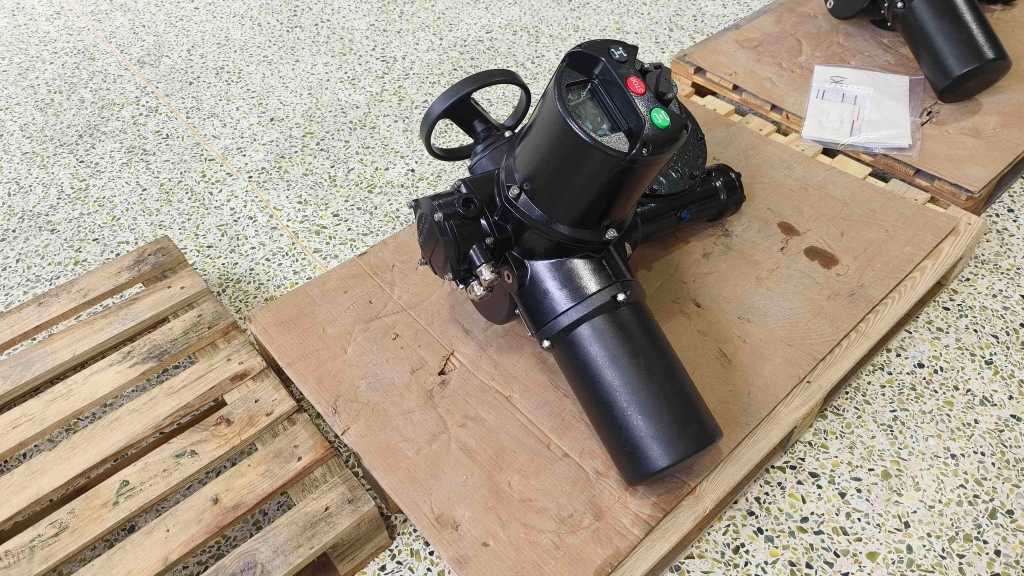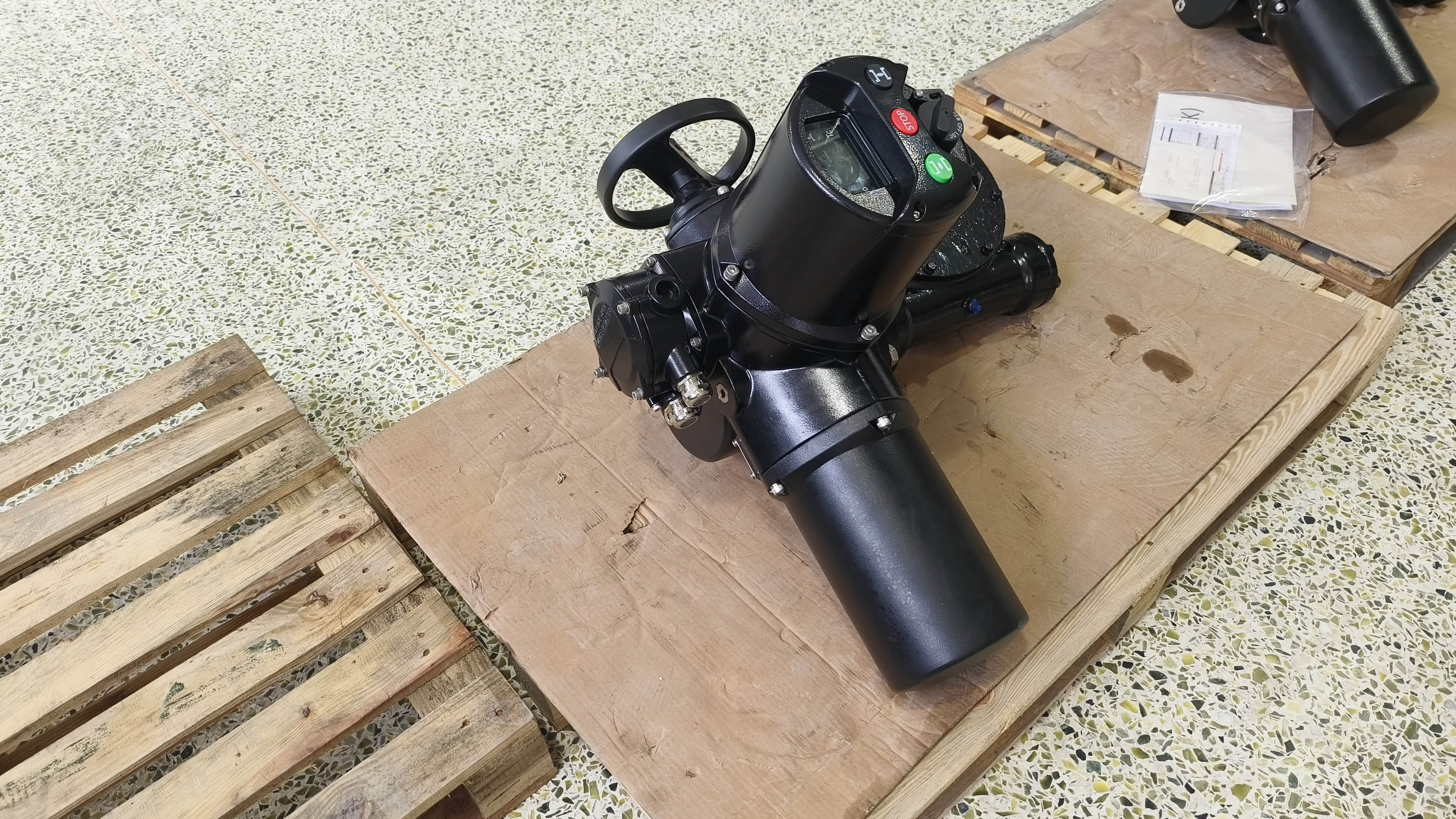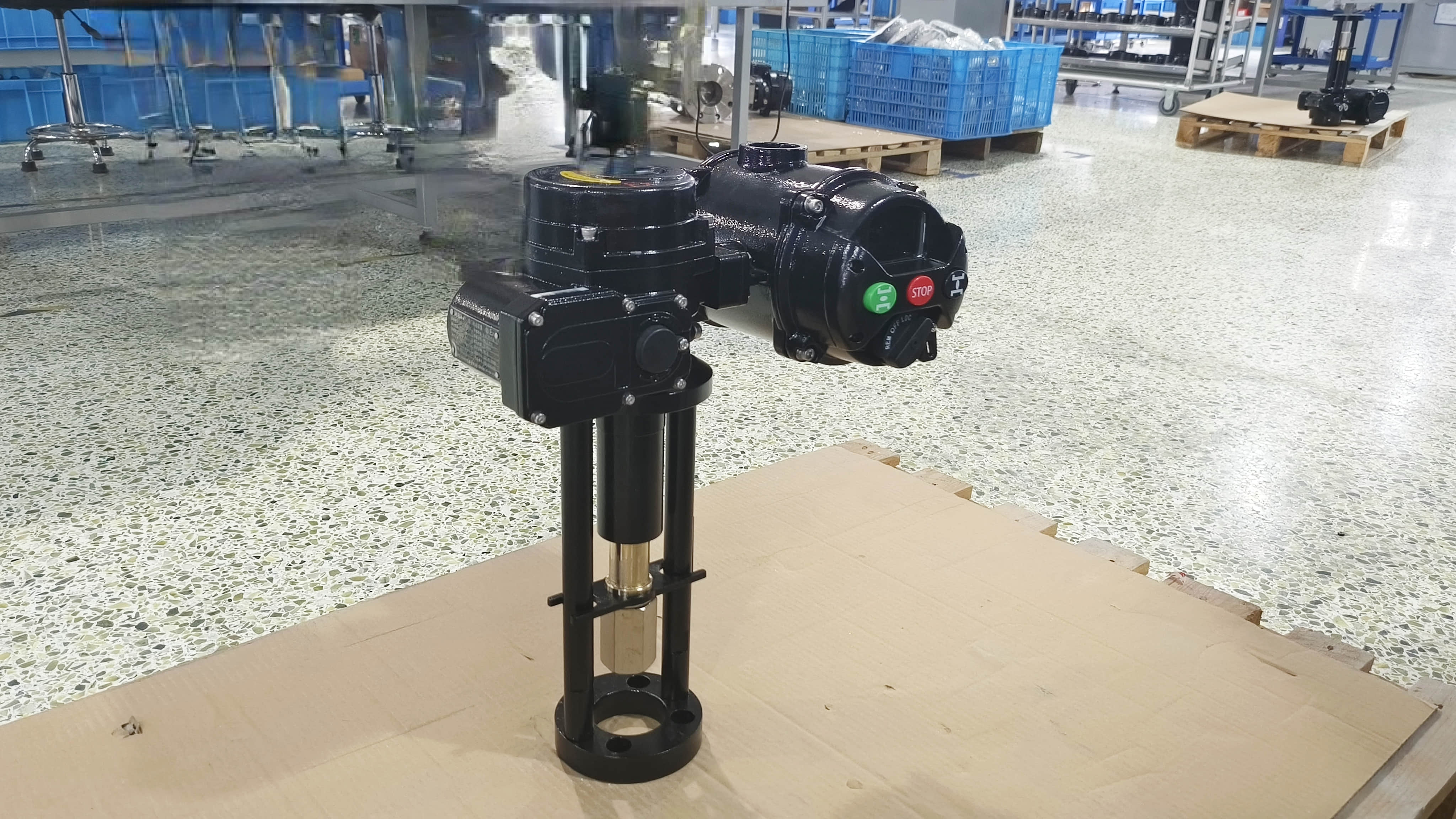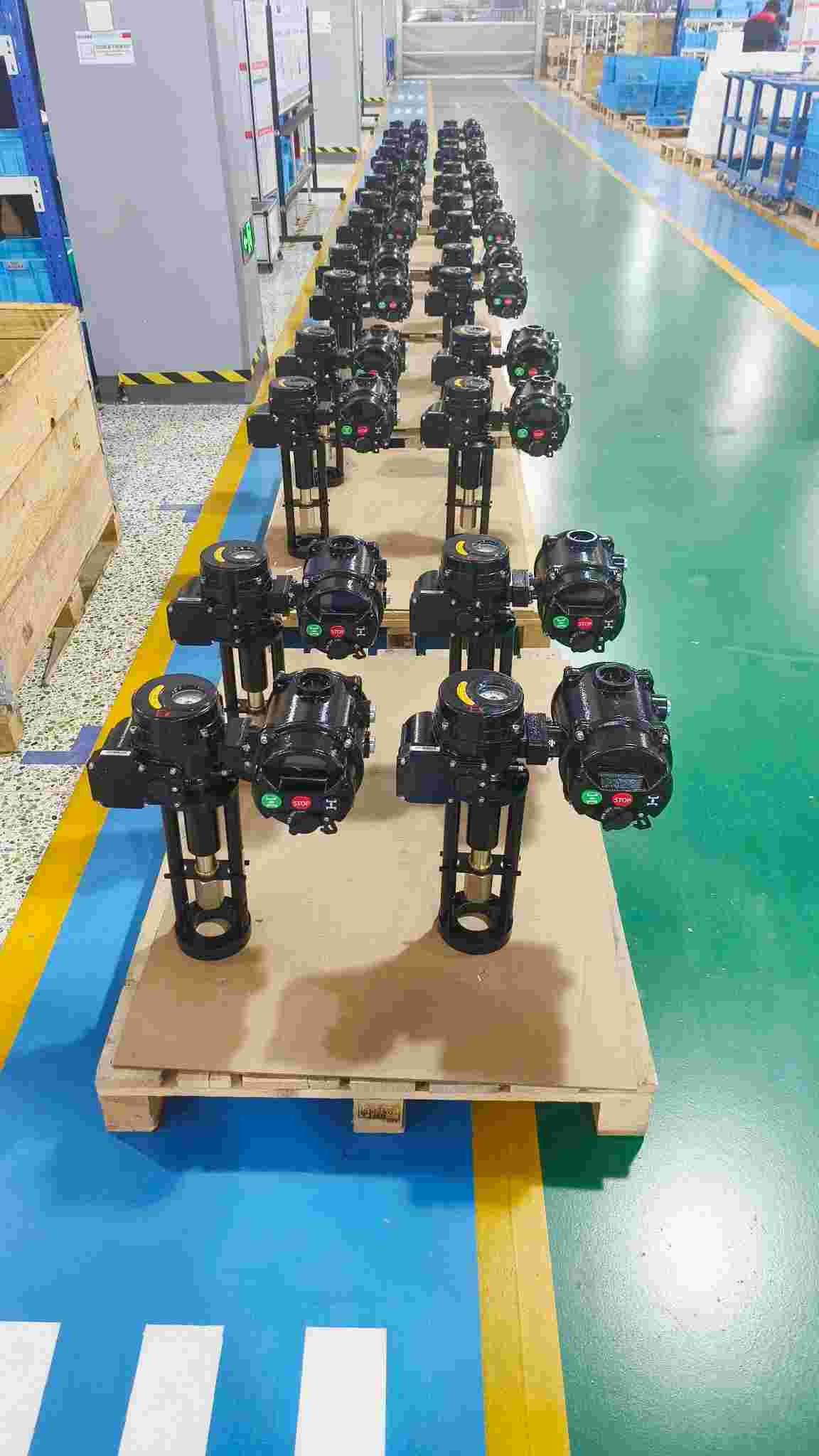
In recent years, automation has become a cornerstone of modern industries, streamlining processes and boosting efficiency across various sectors, from manufacturing to robotics. Among the many innovations fueling this growth, the Intelligent Integrated Electric Actuator (IIEA) stands out as a transformative technology. This article explores the significance of IIEAs, their components, applications, and the potential they hold for revolutionizing industries worldwide.

What is an Intelligent Integrated Electric Actuator?

An Intelligent Integrated Electric Actuator is a device that combines the traditional functions of an actuator with advanced electronics, intelligence, and communication capabilities. Unlike conventional actuators that rely on separate components such as motors, sensors, and controllers, an IIEA integrates these elements into a single compact unit. This integration leads to enhanced performance, greater reliability, and more precise control.

The "intelligent" aspect refers to the ability of the actuator to make real-time decisions based on input from its surrounding environment or system. This intelligence allows for improved adaptability, fault detection, predictive maintenance, and overall optimization of system performance. In many applications, IIEAs replace traditional pneumatic or hydraulic actuators due to their energy efficiency, precise control, and reduced maintenance requirements.

Key Components of an Intelligent Integrated Electric Actuator

